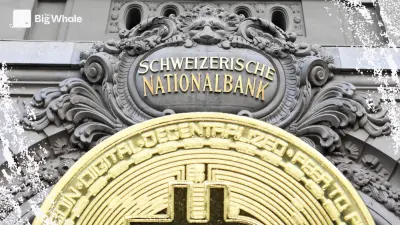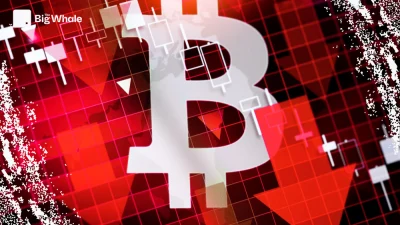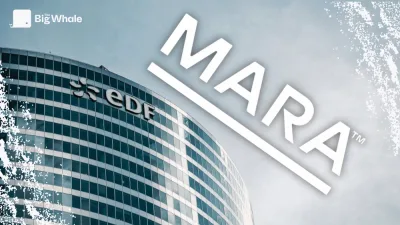The U.S. Struggles with Stablecoin Regulation as Other Countries Take the Lead
- The U.S. risks falling behind in stablecoin regulation compared to other jurisdictions worldwide.
- Circle's Vice President, Yam Ki Chan, highlighted the lack of clear regulations at the national level in the U.S.
- EU and Hong Kong have established unified approaches for stablecoin regulation.
- Circle becomes the first global stablecoin issuer to comply with the EU's MiCA regulatory framework.
- The U.S. House Financial Services Committee passed the "Clarity for Payment Stablecoins Act of 2023" but further legislative processes are needed.
- Political negotiations and compromises may delay the passage of stablecoin regulations in the U.S.
Summary :
The U.S. is at risk of falling behind in stablecoin regulation compared to other jurisdictions worldwide. While countries like the EU and Hong Kong have established unified approaches to regulating stablecoins, the U.S. lacks clear national-level regulations. Currently, stablecoin issuers in the U.S. are regulated by individual states under existing money transmission laws, leading to a fragmented landscape. Circle, the issuer of USDC and EURC stablecoins, has recently obtained a compliance license from France's banking regulatory authority, becoming the first global stablecoin issuer to do so. In July 2023, the U.S. House Financial Services Committee passed a bipartisan stablecoin bill, but it still needs to go through further legislative processes to become law. Circle's Vice President, Yam Ki Chan, emphasizes the need for the U.S. to define what a well-regulated stablecoin looks like and hopes that the upcoming U.S. election will prioritize and reshape the national conversation on crypto regulations. It is crucial for both private companies and regulators to work together to ensure legal compliance and market visibility while pushing the boundaries of innovation.
Sources :
- Decrypt



